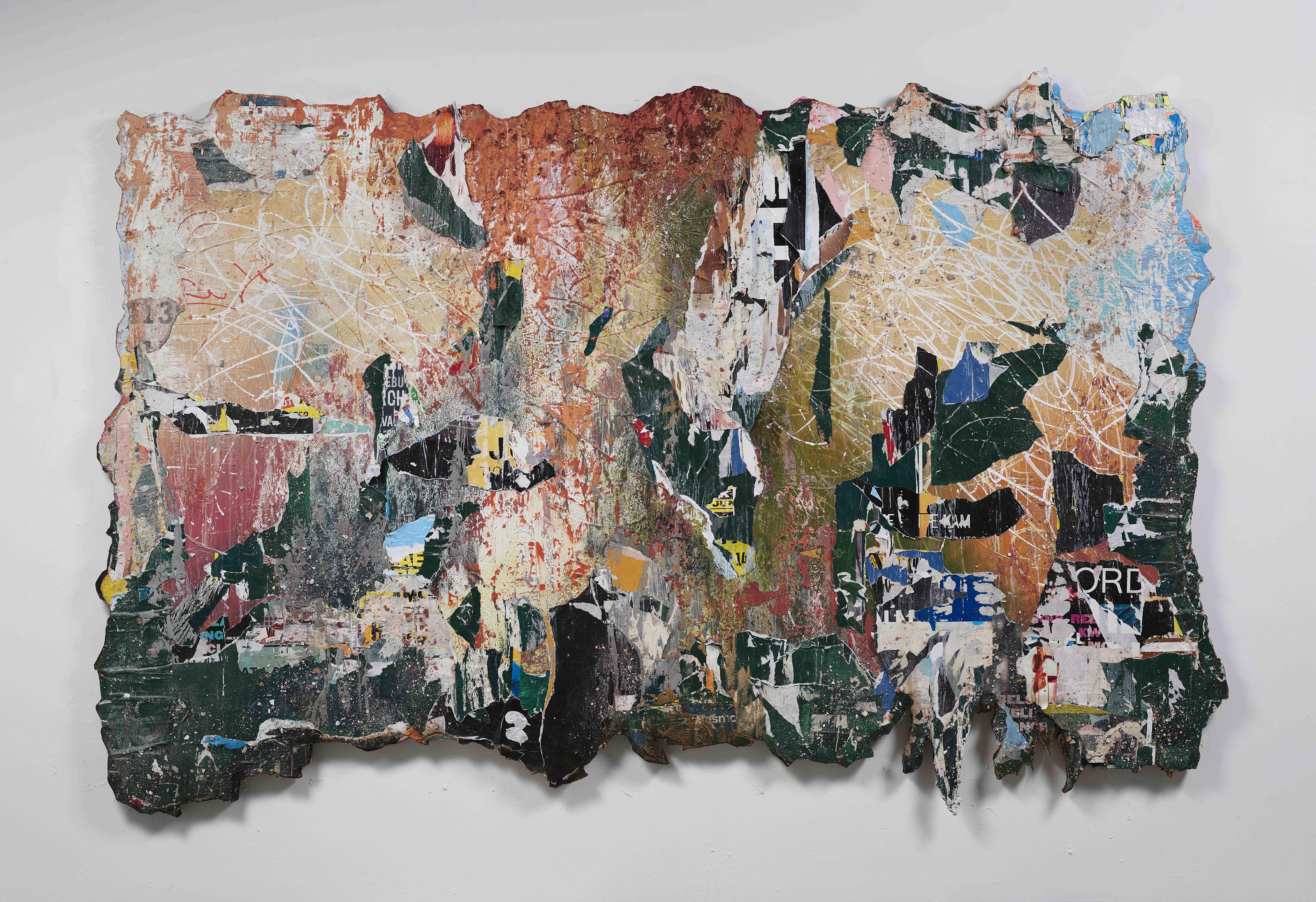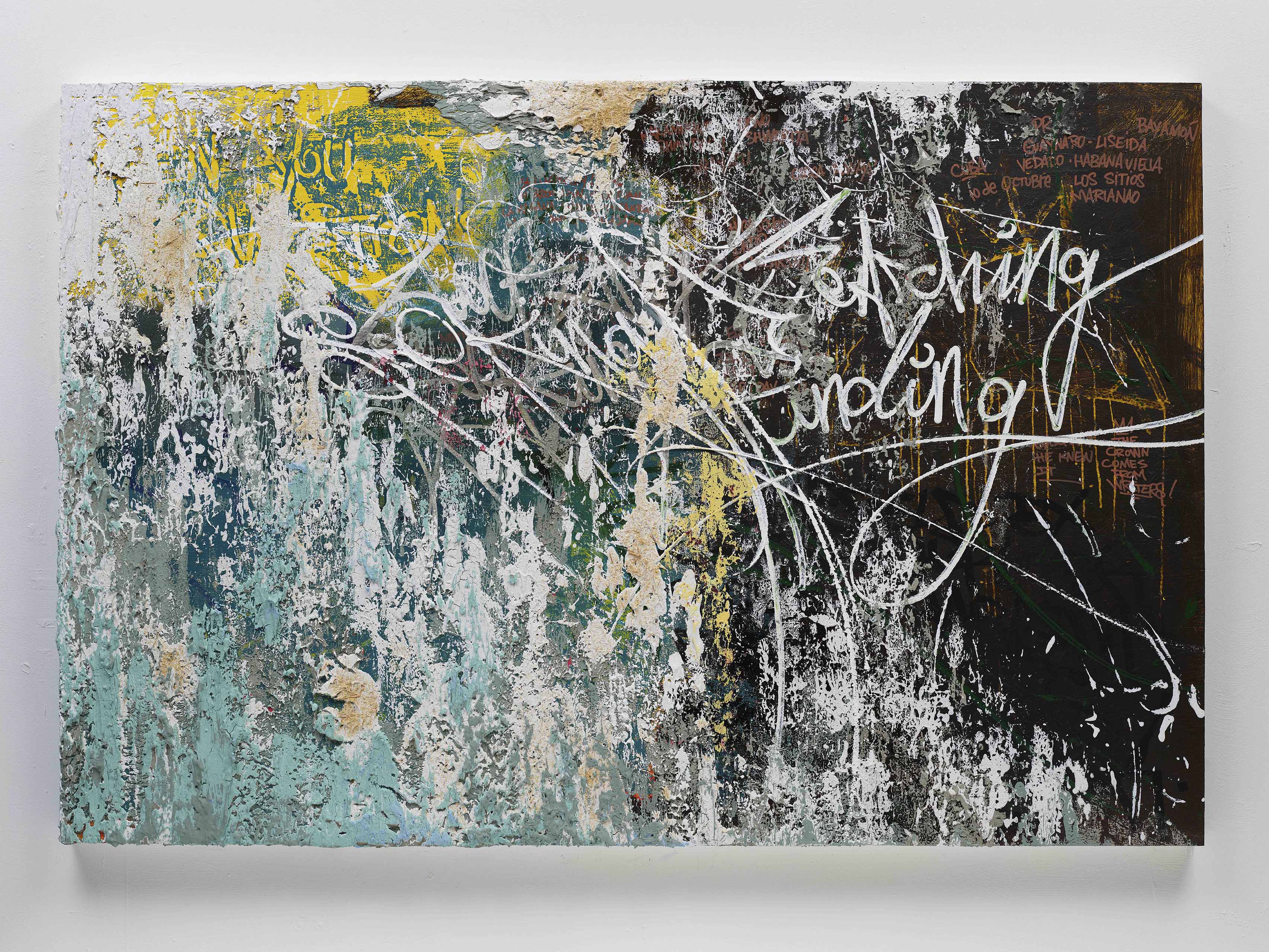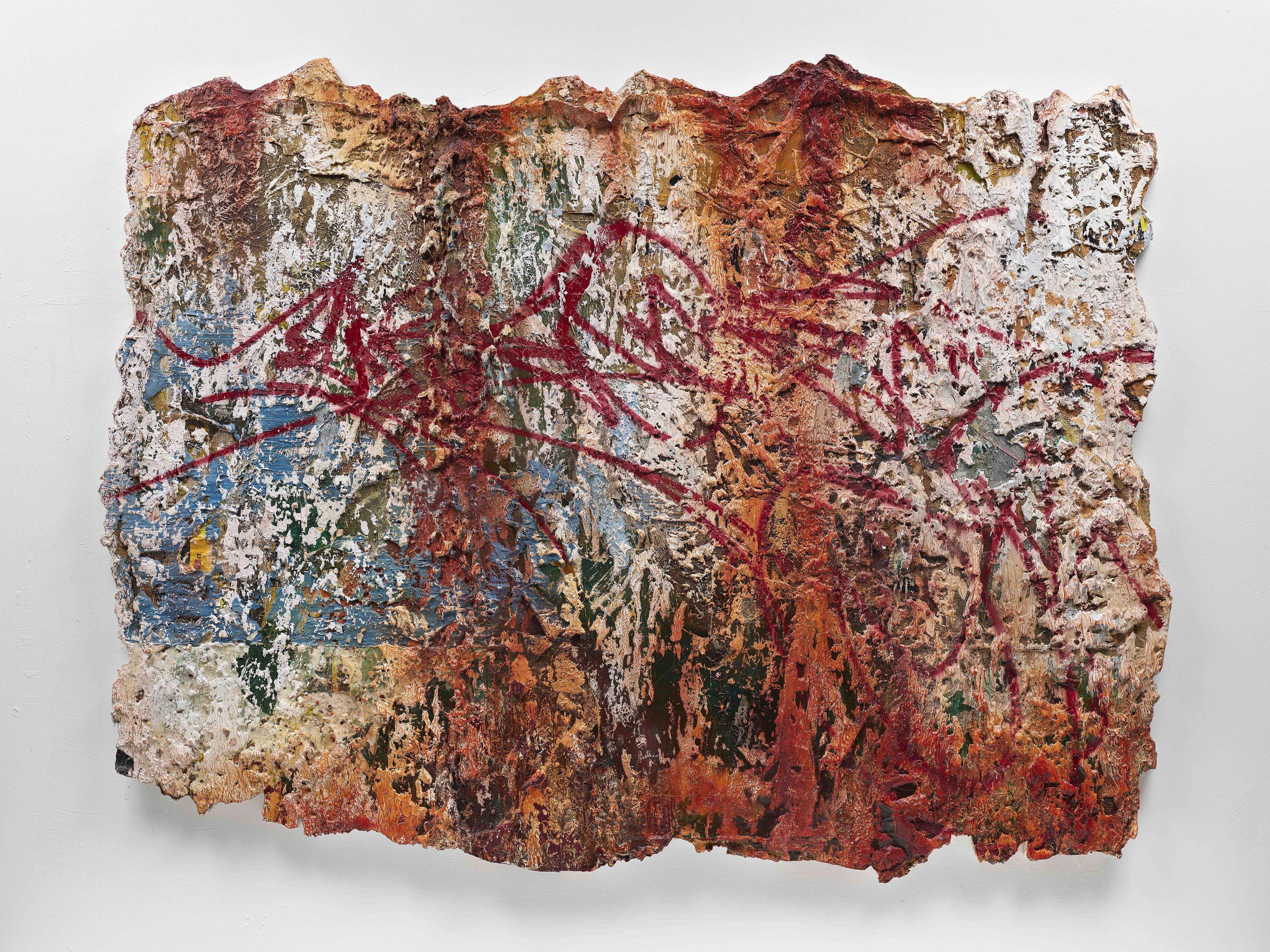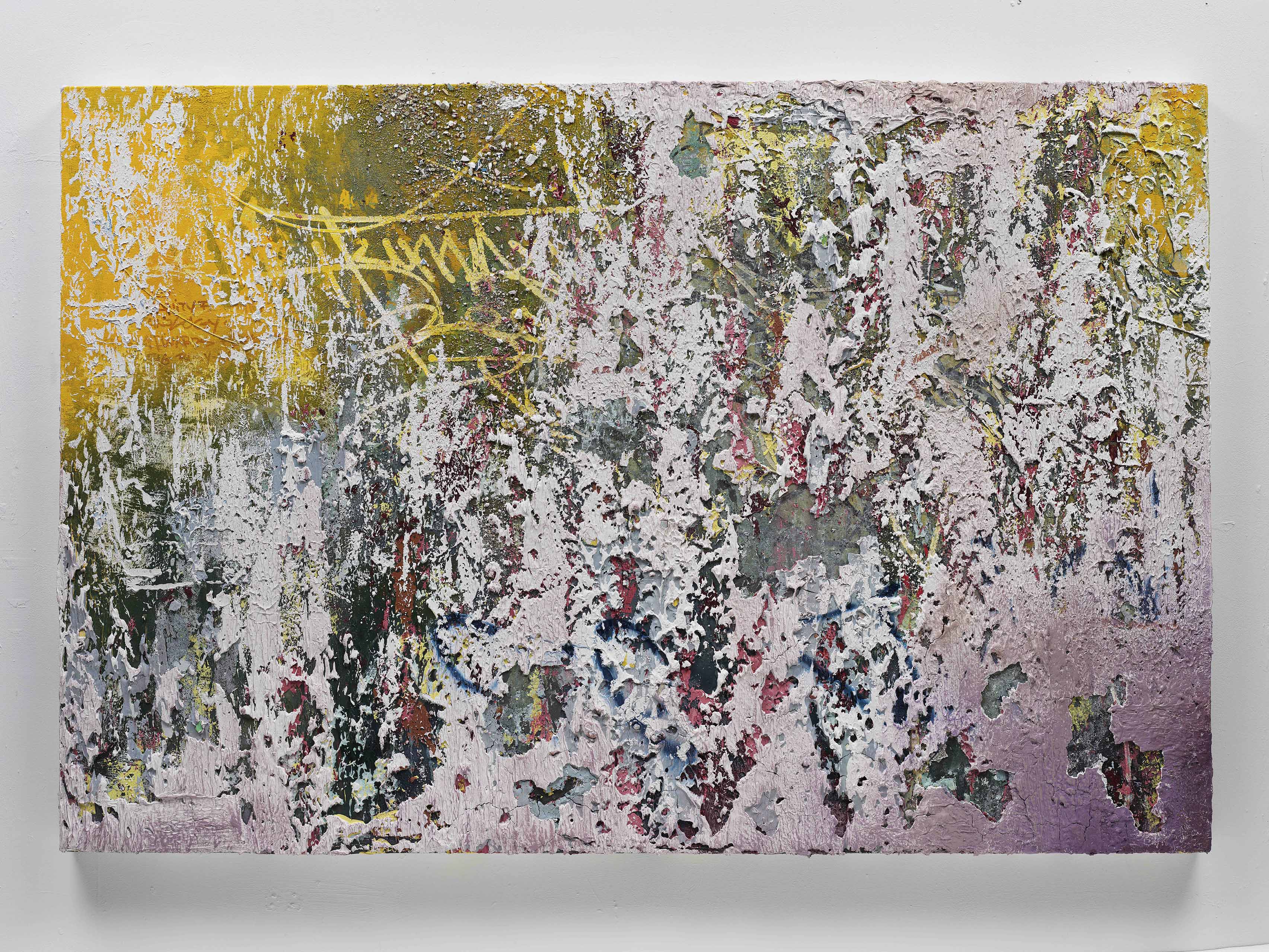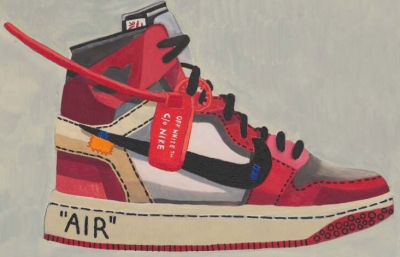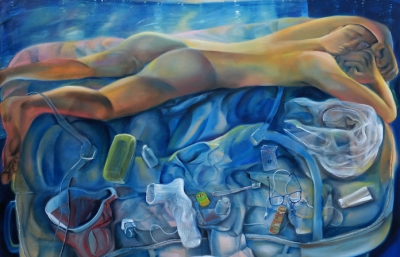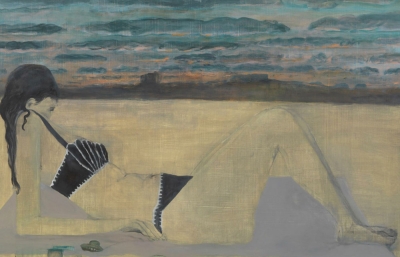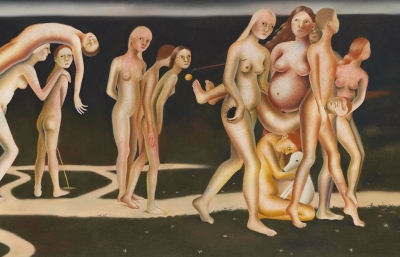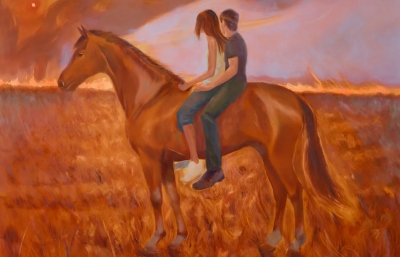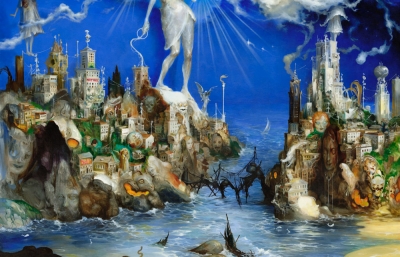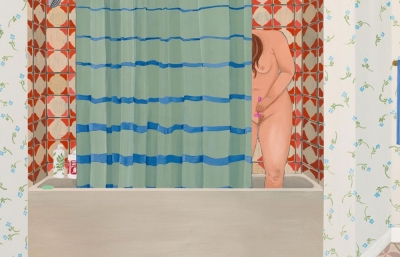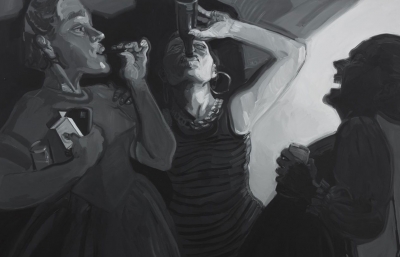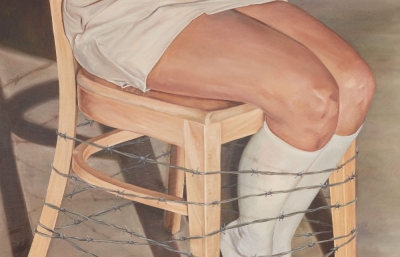"The anonymity of actions and marks made in a city can amount to an ever-evolving contemporary visual language – the city as text. A name or message on a wall, homeless people, pushing their makeshift homes in a cart, layers of ripped posters, or an old tarp covering a hole, broken subway tiles, erosion on a steel panel in an alleyway filled with trash, all part of our humanity's anonymous vernacular." So says José Parlá, the Brooklyn-based painter (and former cover artist, December 2009), who has been making layered and textural painitngs that roots in graffiti since the mid-2000s. Along with a few of his Barnstormer peers, Parlá was able to transform concepts of graffiti into a fine art practice that was unique and more about layers of storytelling than it was about figurative works.
Bryce Wolkowitz Gallery is pleased to present José Parlá's Anonymous Vernacular, a series of new paintings and reworked found objects. This marks Parlá's fourth solo exhibition with the gallery.
For over a decade, Parlá has rigorously experimented with a mix of non-traditional painting materials and collage to create his signature style, a graphomanic reflection of a distinctly urban vernacular. Parlá's studio practice is grounded in the tradition of Wild Style painting, rooted in the same cultural soil as Rammellzee and Jean-Michel Basquiat, while also inspired by Cy Twombly, Joan Mitchell, Mimmo Rotella, and the history of abstract art.
In this exhibition, Parlá combines layered advertising posters he has collected from temporary construction walls with his own calligraphic techniques that both improvise and expose texts, letters, symbols, phrases, and words. Parlá's personal mark-making weaves itself into the textures and compositions of the ripped advertisements, creating an obliquely legible codex all his own.
The fragmented materials from the street imbue each work with a profound sense of empathy and respect, not only for the urban environment but also for the "anonymous writers" who inspired Parlá early on. Some of the works are on shaped canvases, others are rectilinear. The new paintings in Anonymous Vernacular are linked to an obsession Parlá has with looking at walls, ever since his early days, painting their surfaces and searching to decode marks made on them.
For this exhibition, Parlá is introducing a new reworked found-object sculpture in homage to the bottle collectors and the homeless that still come from all over the borough to deposit their collections at a recycling center in his neighborhood. Taken as a whole, these works deliberately blur any boundaries between the studio and the street. They utilize the incidental aesthetics of the city and nod to the poetics of inspired observation.

